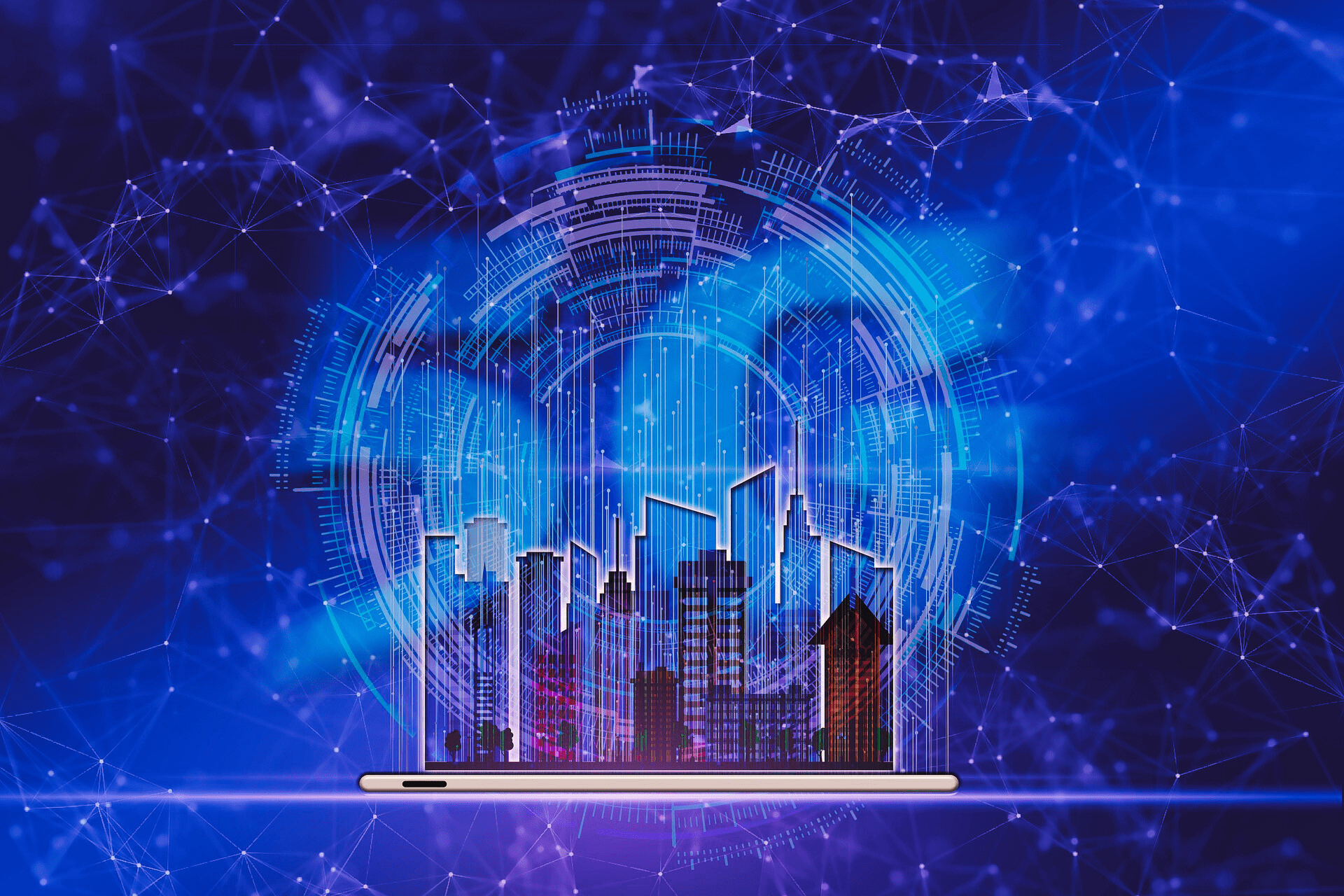Table of Contents
ToggleIntroduction to 5G Technology
5G technology is the latest advancement in mobile networking, succeeding the previous generations of 1G, 2G, 3 G, and 4G LTE.
It represents a significant leap forward in terms of speed, latency, and connectivity, promising to revolutionize various industries and aspects of daily life.
As society becomes increasingly reliant on digital communication and data exchange, the importance of 5G cannot be overstated.
Technical Specifications of 5G
5G operates on multiple frequency bands, including low, mid, and high bands, each offering different characteristics in terms of coverage and speed.
The technology boasts impressive data transfer speeds, reaching up to 10 gigabits per second (Gbps), significantly reducing latency rates to as low as one millisecond (ms), and utilizing a more distributed network architecture compared to its predecessors.
Applications of 5G
The applications of 5G technology are huge and diverse. In the realm of consumer electronics, 5G enables the proliferation of Internet of Things (IoT) devices, facilitating seamless connectivity and communication between smart devices.
Enhanced mobile broadband capabilities allow for faster streaming, gaming, and downloading on smartphones and tablets.
Additionally, 5G plays a crucial role in enabling smart city initiatives, supporting connected infrastructure and services such as traffic management and public safety.
Benefits of 5G Technology
The adoption of 5G technology brings forth a myriad of benefits. With its unparalleled speed and reliability, 5G promises to revolutionize industries by enabling real-time data analytics, remote monitoring, and automation.
Consumers can expect faster download and upload speeds, improved connectivity in densely populated areas, and a more responsive mobile experience.
Moreover, 5G is poised to stimulate economic growth by fostering innovation and entrepreneurship in various sectors.
Challenges and Limitations of 5G
Despite its promises, the widespread deployment of 5G technology faces several challenges. Building the necessary infrastructure, including installing new base stations and upgrading existing networks, requires significant investment and time.
Spectrum availability, especially in densely populated urban areas, poses a constraint on the expansion of 5G networks.
Latest Innovations in 5G
Innovation in 5G technology continues to push the boundaries of what’s possible. Standalone (SA) networks, which operate independently of existing infrastructure, offer greater flexibility and efficiency compared to non-standalone (NSA) networks.
Dynamic spectrum sharing (DSS) optimizes spectrum usage by allowing multiple wireless technologies to share the same frequency bands. Edge computing brings computing resources closer to the end-users, reducing latency and enabling real-time processing of data.
Network slicing enables the creation of virtual networks tailored to specific applications or users, ensuring optimal performance and security.
Massive MIMO (Multiple Input Multiple Output) and beamforming technology enhance network capacity and coverage, providing a more reliable and consistent connection.
Future Prospects of 5G Technology
Looking ahead, the future of 5G technology appears promising. As the deployment of 5G networks continues to expand globally, the technology is expected to become more accessible and affordable to consumers and businesses alike.
Integration with emerging technologies such as artificial intelligence (AI) and blockchain will unlock new possibilities in areas like autonomous vehicles, smart infrastructure, and immersive experiences.
Additionally, ongoing research and development efforts towards 6G and beyond will further push the boundaries of connectivity and innovation.
Comparative Analysis of 5G with Previous Generations
Compared to its predecessors, 5G offers unparalleled speed, lower latency, and greater reliability. While 4G LTE technology typically delivers download speeds of up to 100 megabits per second (Mbps). 5G can achieve speeds exceeding 1 gigabit per second (Gbps) in optimal conditions.
The reduced latency of 5G, measured in milliseconds, enables real-time communication and enhances the user experience, particularly in applications like online gaming and video conferencing.
Furthermore, 5G provides broader coverage and supports a higher density of connected devices compared to previous generations, making it ideal for the proliferation of IoT devices and smart city initiatives.
User Guides and Tutorials for 5G Devices
For users looking to take full advantage of 5G technology, understanding how to set up and optimize their devices is crucial.
Whether it’s a smartphone, tablet, or IoT device, accessing 5G networks requires compatible hardware and proper configuration.
Step-by-step guides for setting up a 5G smartphone, accessing 5G networks, maximizing 5G performance, and troubleshooting common issues can help users navigate the transition to this next-generation technology seamlessly.
Conclusion on 5G Technology
In conclusion, 5G technology represents a monumental leap forward in mobile networking, offering unprecedented speed, reliability, and connectivity.
From enabling transformative applications in healthcare and transportation to empowering smart cities and industries, the potential of 5G is boundless.
While challenges remain in terms of infrastructure deployment, spectrum allocation, and security. The benefits of embracing 5G far outweigh the obstacles.
As we look towards the future, 5G will continue to redefine how we live, work, and interact, ushering in a new era of connectivity and innovation.
FAQs about 5G Technology
1. What is 5G technology, and how does it differ from previous generations?
Answer: 5G technology refers to the fifth generation of mobile networking, succeeding 4G LTE. It offers significantly faster data speeds, lower latency, and greater connectivity compared to its predecessors.
Unlike previous generations, 5G is designed to support a wide range of applications beyond mobile broadband, including IoT devices, smart cities, and autonomous vehicles.
2. What are the main benefits of 5G technology?
Answer: The main benefits of 5G technology include faster download and upload speeds, improved connectivity in crowded areas, lower latency rates, and support for emerging technologies such as IoT, AI, and AR/VR.
Additionally, 5G is expected to stimulate economic growth and innovation across various industries.
3. What are some potential challenges and limitations of 5G?
Answer: Despite its promises, the widespread deployment of 5G technology faces challenges such as infrastructure requirements, spectrum availability, security concerns, and potential health risks associated with electromagnetic radiation.
Additionally, the cost implications for consumers and businesses may pose a barrier to adoption.
4. How is 5G technology being implemented in different industries?
Answer: 5G technology is being implemented across various industries, including healthcare, transportation, manufacturing, entertainment, and agriculture.
For example, in healthcare, 5G enables remote patient monitoring and telemedicine services, while in transportation, it supports connected vehicles and smart traffic management systems.
5. What are the latest innovations and developments in 5G technology?
Answer: Some of the latest innovations in 5G technology include standalone (SA) networks, dynamic spectrum sharing (DSS), edge computing, network slicing, massive MIMO, and beamforming technology.
These advancements aim to further improve network performance, reliability, and efficiency.
6. How can users optimize their devices for 5G connectivity?
Answer: Users can optimize their devices for 5G connectivity by ensuring they have compatible hardware, such as smartphones or IoT devices with 5G capabilities.
They should also ensure that their devices are configured to access 5G networks and follow best practices for maximizing 5G performance, such as avoiding interference and maintaining a strong signal.
7. What are some future prospects and trends in 5G technology?
Answer: Looking ahead, the future of 5G technology holds promise for further expansion and integration with emerging technologies.
This includes the development of 6G and beyond, as well as the integration of 5G with AI, blockchain, and other advanced technologies. Additionally, 5G is expected to continue driving innovation and transforming industries globally.
8. How can individuals and businesses prepare for the transition to 5G?
Answer: To prepare for the transition to 5G, individuals and businesses can stay informed about the latest developments and advancements in 5G technology.
They can also assess their current infrastructure and devices to determine compatibility with 5G networks and plan for any necessary upgrades or investments.
Additionally, collaborating with telecommunications providers and industry partners can help facilitate a smooth transition to 5G.









